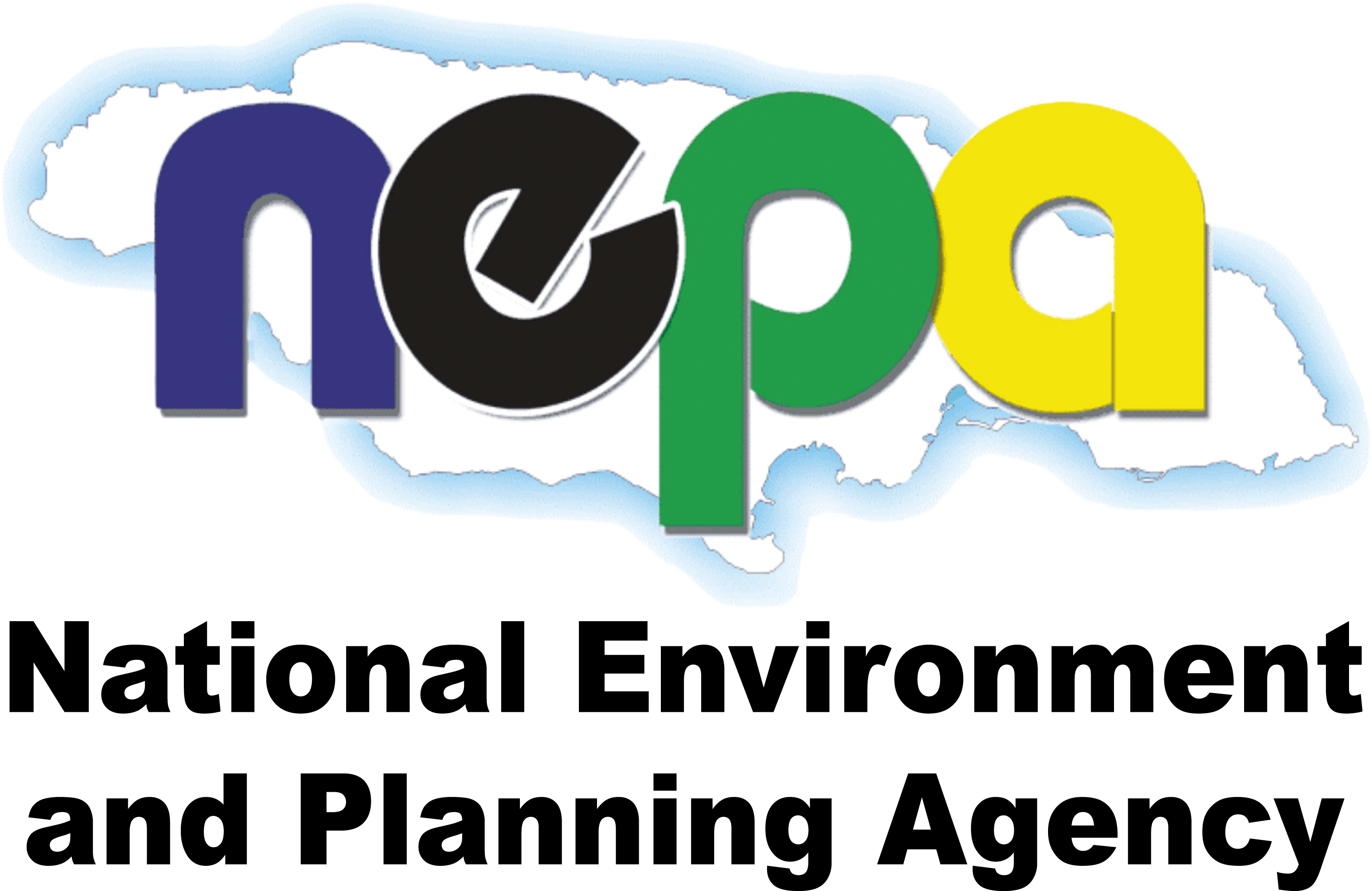Environment Management
The primary functions of the Environmental Management Subdivision are to:
- Design and implement policies, plans and programmes for the protection and mitigation of the natural resources and public health from adverse environmental impacts.
- Conduct specific environmental quality assessments including, water and air quality. Routine assessments are conducted for specified sensitive areas.
- Promote environmental stewardship in communities and within the public and private sectors.
- Conduct relevant environmental assessments of environmentally damaging chemicals and hazardous wastes.
These functions are executed by three branches namely:
- Pollution Monitoring and Assessment Branch (PMAB), which monitors and assesses the impact of pollution on the quality of the natural environment and the potential for public health impacts.
- Pollution Prevention Branch (PPB), which fosters a pollution prevention and waste minimization approach by promoting the use of Environmental Management Systems (EMS) and other appropriate measures to foster better environmental performance of operations.
- Air Quality Management Branch (AQMB), which monitors and assesses the impact of air pollution and the potential for public health impacts.
The core responsibility of the Air Quality Management Branch is the management of ambient air quality across Jamaica. This is done primarily through:
- Administering the Natural Resources Conservation Authority (Air Quality) Regulations, 2006
- Licensing and compliance monitoring of air emissions sources
- The monitoring of ambient air quality and
- The implementation of strategies aimed at reducing air pollution
Under the NRCA (Air Quality) Regulations, 2006, criteria are established under which sources that emit air pollutants are required to obtain an Air Pollutant Discharge License (APDL) from the NRCA.
The APDL is a legally binding agreement between the NRCA and the licensee. Conditions are written into each APDL to which the licensee must comply. The conditions are written in such a manner that compliance with the conditions translates into compliance with the regulations.
The Agency also undertakes the monitoring of ambient air quality at a number of locations across Jamaica. Focus is placed primarily on the monitoring of particulate matter (PM10 and PM2.5) as these are air pollutants that are deemed most detrimental to the health of the general population.
Understanding Particulate Matter
PM10 refers to particulate matter that has an aerodynamic diameter of 10 microns (also called micrometres) or less. PM2.5 particles have an aerodynamic diameter of 2.5 microns or less. Based on the outcome of the analysis of data obtained from the monitoring activities, decisions are taken on the implementation of strategies in the respective areas to address any air pollution issues.
Saharan Dust
Saharan Dust originates from the African Sahara Desert and is transported by winds over the Atlantic Ocean westward to the Americas. It is transported to the Americas by low to mid-level easterly winds in a hot, dry air layer that forms over the Sahara, the “Saharan Air Layer” (SAL). As this SAL moves west, it remains dry, stable, and dusty extending vertically. Saharan Dust in the Caribbean region is a year-round phenomenon with short-lived episodes occurring several times yearly – lasting for up to a week. Peak concentrations are most notable from June to August, and December to March.
A Pollutant Release Transfer Register (PRTR) is a national or regional environmental database or inventory for collecting and disseminating information about environmental releases and transfers of hazardous substances from industrial and other facilities. NEPA’s PRTR was launched in June 2017 and intended to provide free accessible and reliable information to the public based on the “principle of the Community’s Right to Know”. Data to populate the database comes from the compliance submission with permit & licences issues to address wastewater, air emission and hazardous material transfer and storage.
